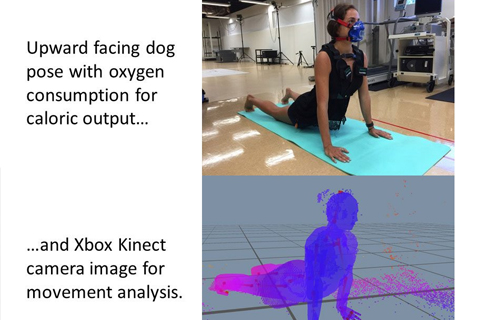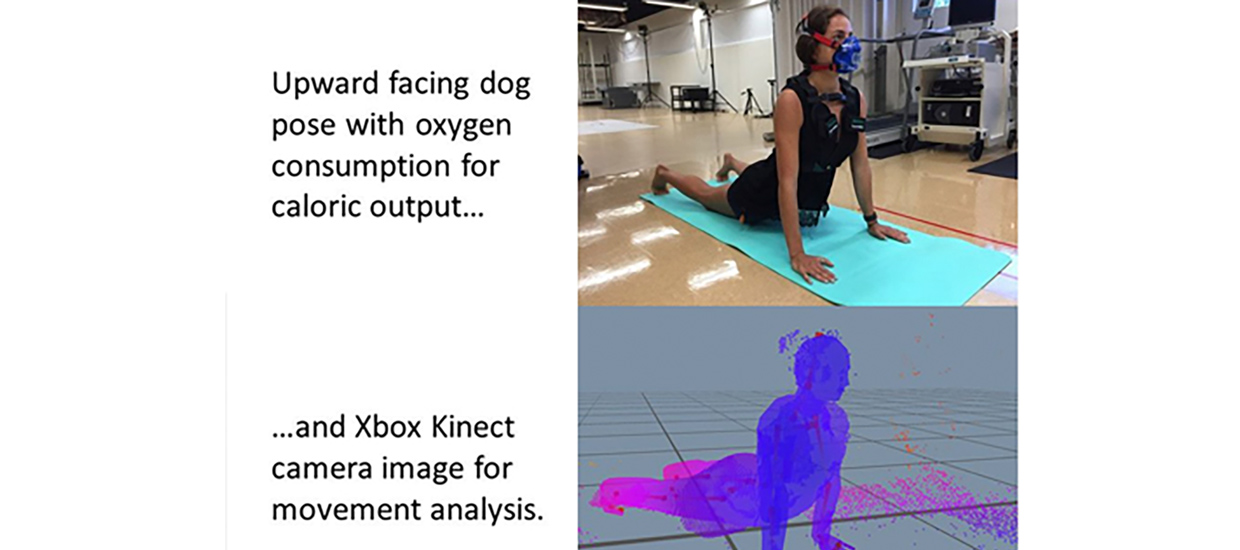Studies
Their initial studies, “Comparative impact of power training and high-speed yoga on motor function in patients with Parkinson's disease” in Archives of Physical Medicine and Rehabilitation and “A controlled pilot study of the effects of power yoga in Parkinson’s disease” in Complementary Therapies in Medicine, were done in conjunction with Kiersten Mooney at Green Monkey Yoga less than three years ago. These studies demonstrated that their newly developed high-velocity yoga program could improve physical function in people with Parkinsonism. A third paper, “Power training induced change in bradykinesia and muscle power in Parkinson's disease: A randomized controlled trial” in Parkinsonism & Related Disorders, showed that power training on the max Orovitz computerized resistance training machine could reduce the bradykinesia (slow movements) common in Parkinson's disease. Current analyses include: “A comparative gait analysis of Parkinson’s gait using a classic three-dimensional movement analysis system and the Xbox Kinect camera” and “High-speed training modifies load-velocity and load-power relationships in Parkinson’s disease”.
At the Max Orovitz Laboratories
Drs. Joseph Signorile and Moataz Eltoukhy and their graduate students, Meng Ni (now a post-doctoral researcher at Harvard University), Anoop Balachandran (now a postdoctoral researcher at the University of Florida), and Melanie Potiaumpai and Jeonghoon Oh, have been working on interventions and evaluation tools to improve physical function and joie de vivre in persons with Parkinson’s disease.
This work is designed to improve the diagnosis/prescription application of exercise in clinical environments and will be used as part of the preliminary data for a DOD Parkinson’s grant.





